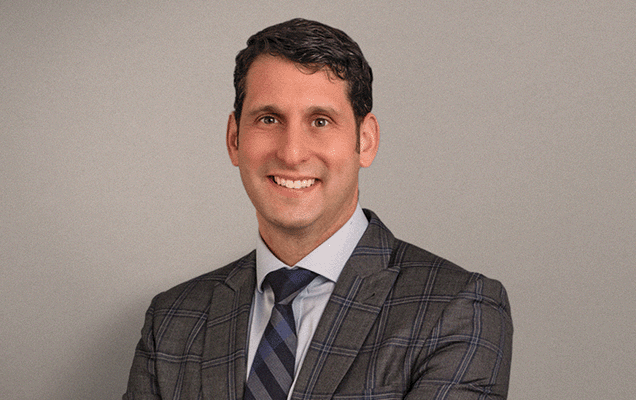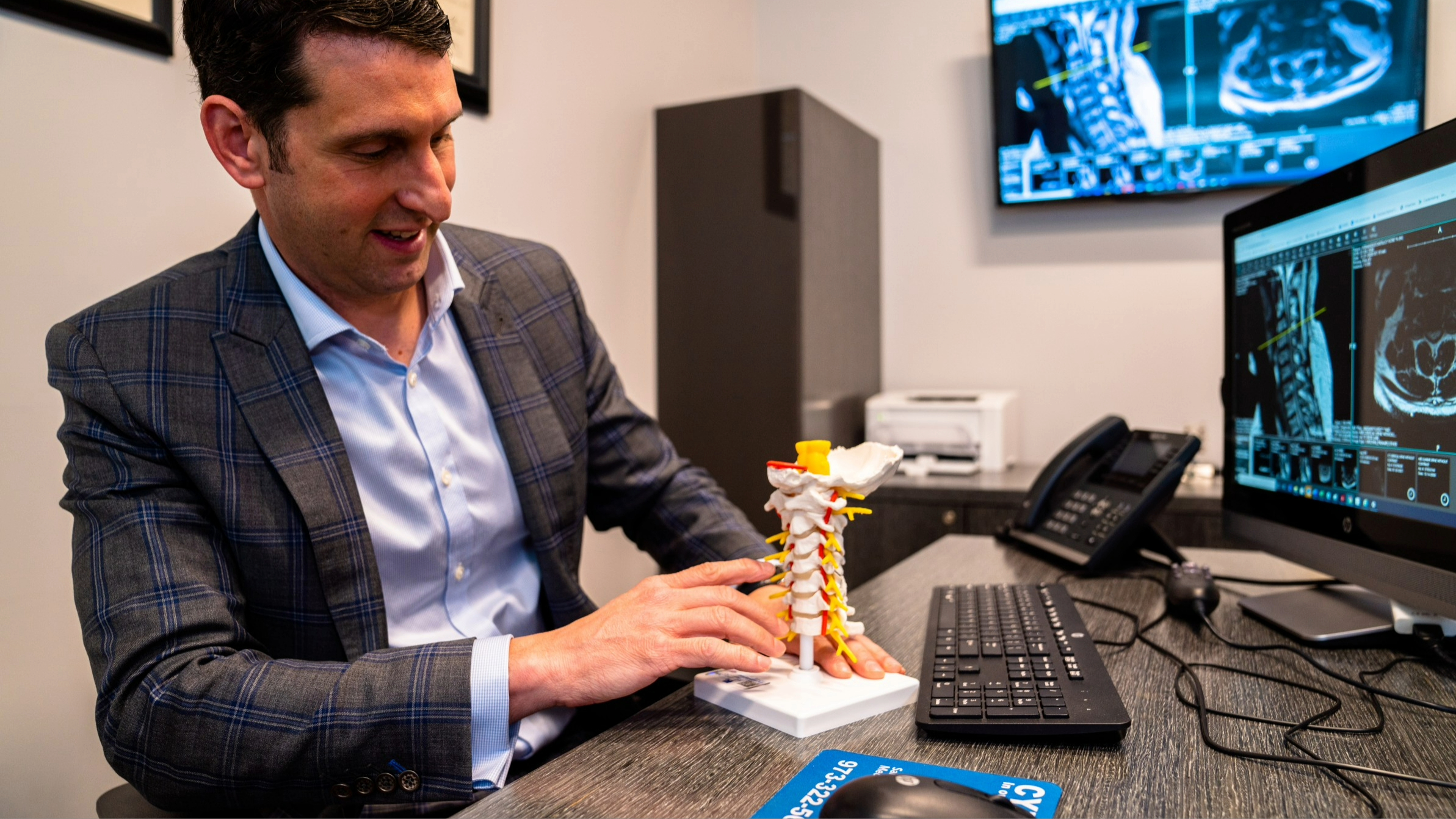Lumbar Laminectomy- A Surgical Overview
Lumbar laminectomy is a common surgical procedure performed to relieve pressure on the spinal cord or nerves in the lower back. This type of spine surgery is used to treat a condition known as lumbar spinal stenosis (narrowing of the spinal cord).
Understanding Spinal Stenosis:
Your spine is a column of bones and discs that supports your body and allows you to bend and flex in almost any direction. Discs are the spongy tissues located between the bones which cushion your spine. The lumbar spine is the technical term for the lower back. There is a channel running through your spine where your spinal cord and nerves pass through.
These nerves come out of your brain and branch out throughout your body and allow you to move your muscles and feel things like temperature and pressure. Spinal stenosis is a condition where the channel in your lower back becomes narrowed.
There are many reasons this can happen, but a common cause is bulging or herniated disks. Depending on the amount of narrowing, the nerve roots can start to become pinched or compressed. When this happens, patients often feel pain in their back which can travel down the legs.
Some symptoms associated with bulging or herniated discs are:
- Numbness and tingling in the legs
- Weakness and difficulty walking
- Severe cases may lead to a loss of bowel or bladder control
Does spinal stenosis always require surgery?
Many patients who suffer from spinal stenosis often get relief from conservative treatments such as physical therapy and anti-inflammatory medications. In some cases, an injection of anti-inflammatory medicine called cortisone can be directly injected around the spinal nerves. This is known as an epidural injection, and it can often provide relief of symptoms.
In severe cases of lumbar stenosis, sometimes these treatments are not enough to relieve pain. This is because the pressure on the nerves is very severe. In these cases, the best way to relieve the pain is to relieve the pressure on the nerves. This is done with a decompression surgery called a lumbar laminectomy.
How is a lumbar laminectomy done?
During a lumbar laminectomy, while the patient is under general anesthesia, a spinal surgeon makes an incision in the back, and removes part of the bony covering of your spinal canal known as the lamina. Oftentimes, the bulging or herniated discs are also shaved down. The result is the severe pressure on the nerves is relieved.
In many cases the procedure can be performed as a minimally invasive surgery where the whole surgery is performed through a small tube which is temporarily inserted in the back. Many patients often can have surgery in the morning and be home by the afternoon after the procedure.
What are the potential risks of a lumbar laminectomy?
Potential Risks and Complications:
While lumbar laminectomy is generally considered a safe procedure, like any surgical intervention, it carries certain risks.
Some potential risks and complications include:
- Infection at the surgical site
- Bleeding
- Nerve damage
- Blood clots
- Leakage of cerebrospinal fluid
- Failed back syndrome
Recovering from a lumbar laminectomy
Following a lumbar laminectomy, the patient’s recovery process begins. Here are some key points to consider regarding recovery:
Hospital stay: The length of the hospital stay varies but is usually short, typically around one to three days. If minimally invasive surgery is performed, many patients can expect to go home the same day.
Pain management: Pain medications are typically prescribed to help manage post-operative pain. Your doctor will provide instructions on medication usage and potential side effects.
Physical Therapy: Physical therapy is vital to the recovery process. It helps strengthen the back muscles, improve mobility, and regain normal functionality. A tailored rehabilitation program is designed by a physical therapist to suit each patient’s specific needs.
Return to Activity: Patients are advised to gradually resume normal activities under the guidance of their healthcare provider. It is essential to follow any restrictions or limitations provided during the recovery period.
It's time to get back to doing what you love.
The recovery time for a lumbar laminectomy is usually faster when compared to procedures that include spinal fusion.
Most patients that undergo laminectomy surgery can expect surgery pain to improve within two to four weeks of surgery in addition to starting physical therapy and other activities by about six weeks.
Is lumbar laminectomy effective?
Lumbar laminectomy surgery has been proven to be an effective treatment option for patients suffering from conditions such as spinal stenosis, herniated discs, and degenerative disc disease.
Many people who undergo this surgery report a return to normal activity levels and improved physical functioning. This allows them to perform daily tasks and improved quality of life free of pain.
While individual results may vary, lumbar laminectomy has shown remarkable efficacy in providing long-term relief and enhancing the overall well-being of patients with lumbar spine conditions.
Are you suffering from spinal stenosis and considering a lumbar laminectomy? Call today for a consultation with one of our expert surgeons.

About Dr. Seth Grossman
Dr. Seth Grossman is a board-certified, fellowship-trained orthopaedic spine surgeon. He has been involved in clinical research throughout his medical training and has been published in several peer-reviewed journals. Dr. Grossman prides himself on first exhausting all non-surgical treatment options. When surgery is necessary, he employs surgical techniques that will achieve the best results for his patients while causing the least amount of pain and allowing the fastest recovery possible. He is passionate about combining medicine and technology. He specializes in robotically assisted spine surgery, disc replacement surgery, and minimally invasive techniques for both spinal decompression and spinal fusion surgery.






